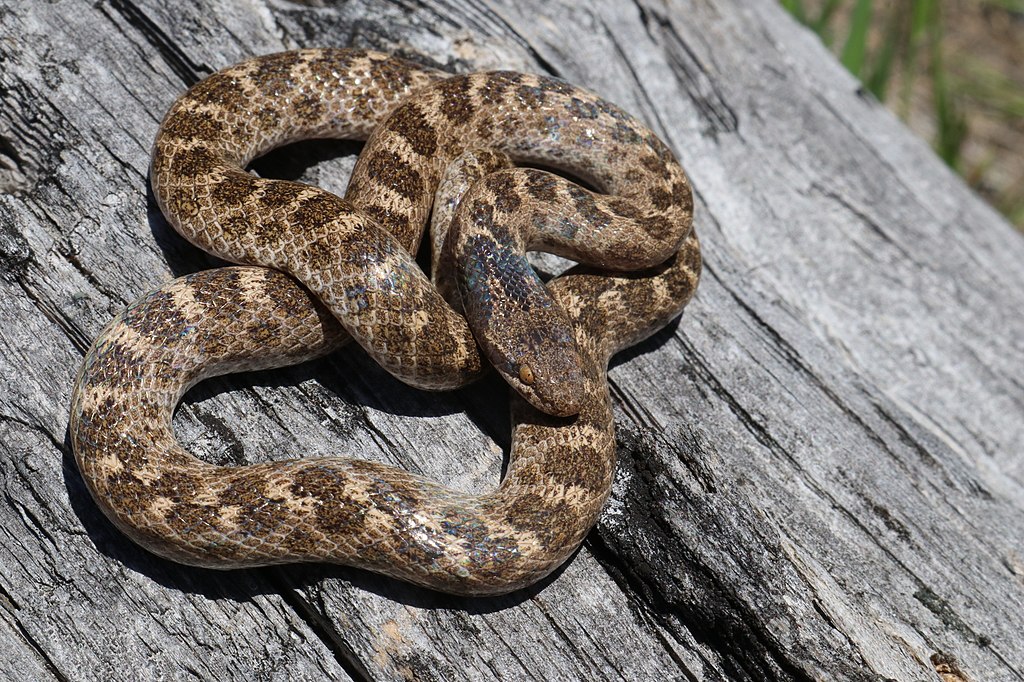The feeding behaviors of snakes have fascinated herpetologists and nature enthusiasts for centuries. While most people understand that snakes are carnivorous predators, fewer appreciate the nuanced preferences these reptiles exhibit when selecting their meals. Beyond size considerations and species-specific diets, texture plays a surprisingly significant role in snake feeding behavior. Many snake species demonstrate clear preferences for prey with particular textural qualities, influencing their hunting strategies, feeding responses, and overall nutrition. This article explores the fascinating world of tactile prey selection in snakes, examining why certain species have evolved to prefer specific textures and how these preferences shape their behavior in both wild and captive environments.
The Sensory World of Snakes
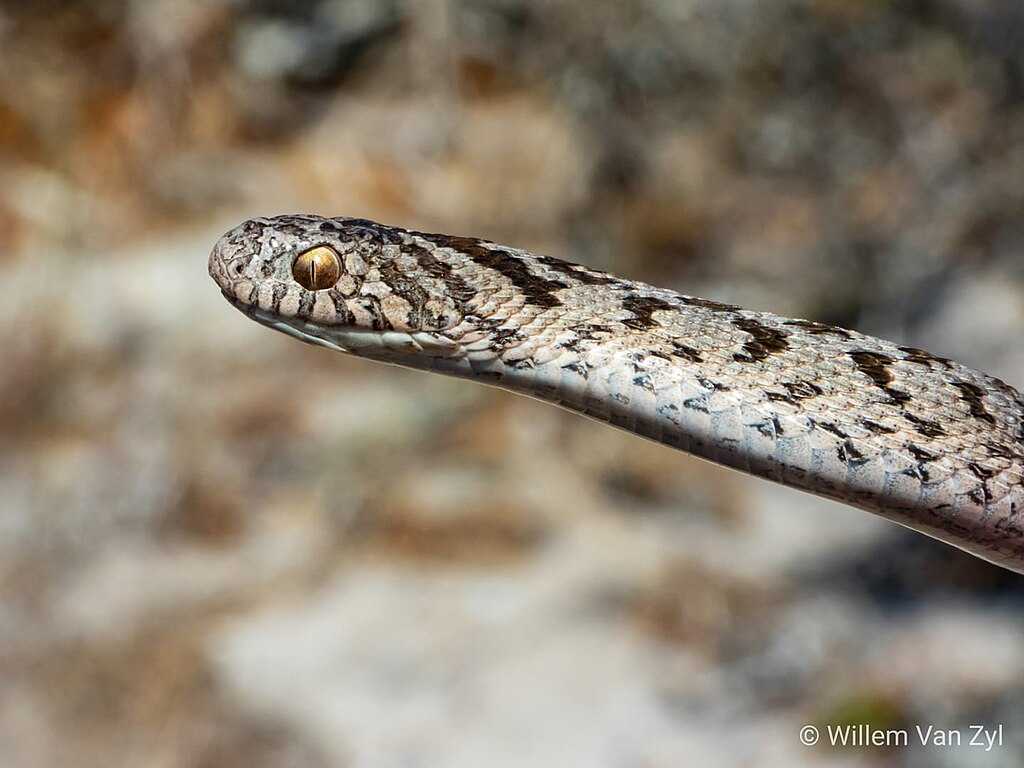
Snakes experience their environment through a complex array of sensory adaptations that differ significantly from human perception. While lacking external ears and possessing limited visual acuity (with exceptions in some arboreal species), snakes have developed extraordinary tactile sensitivity. Their entire bodies serve as sophisticated touch receptors, allowing them to detect minute vibrations, temperature variations, and textural differences. This heightened tactile sense extends to specialized scales on their ventral surface that help them navigate terrain and evaluate potential prey items. Additionally, many species possess heat-sensing pits that allow them to detect infrared radiation, complementing their tactile perception when hunting warm-blooded prey in darkness.
Evolutionary Advantages of Texture Discrimination
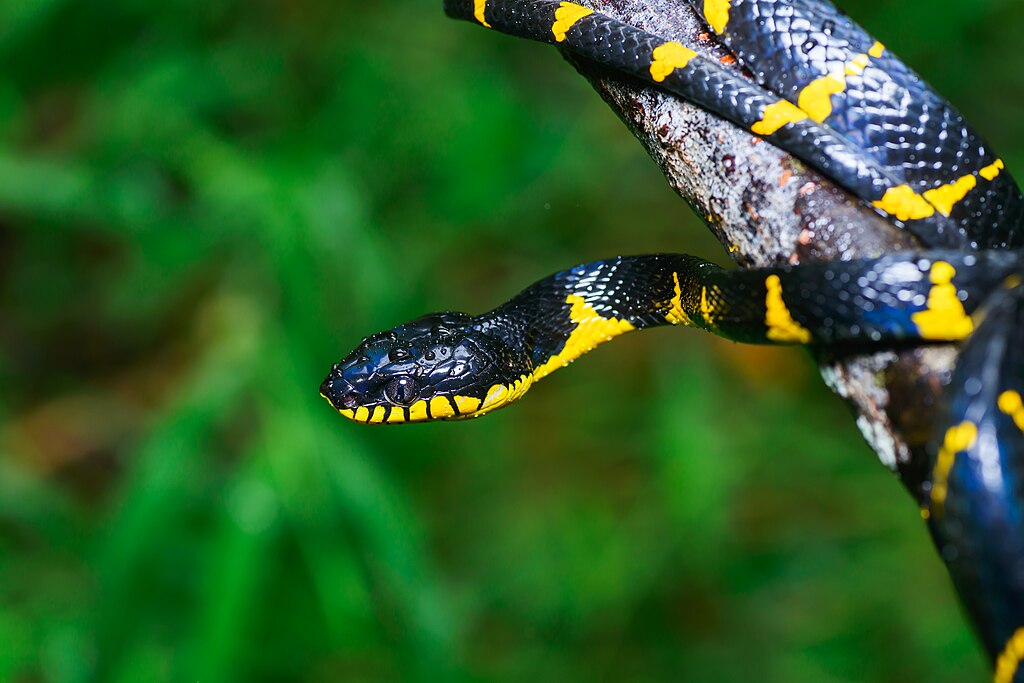
The ability to discriminate between prey items based on texture offers snakes several evolutionary advantages in their respective ecological niches. Texture sensitivity helps snakes identify prey that is optimal for their specific digestive capabilities, potentially reducing the energy costs associated with consuming inappropriate food items. This adaptation has allowed certain snake species to specialize in hunting particular prey types, thereby reducing competition with other predators in shared habitats. For example, some aquatic snakes have evolved heightened sensitivity to the specific scale patterns of fish they commonly hunt, allowing them to strike with remarkable precision even in murky water conditions. Over millions of years, this texture discrimination has co-evolved alongside specific hunting strategies, jaw structures, and digestive systems.
The Role of Trigeminal Nerve Sensitivity

The trigeminal nerve system in snakes serves as a primary pathway for processing tactile information about potential prey. This cranial nerve provides extensive sensory input from the snake’s face, jaws, and oral cavity, creating a sophisticated feedback system during prey encounters. Research has shown that the trigeminal nerve contains specialized mechanoreceptors that respond differently to various surface textures, allowing snakes to evaluate prey characteristics instantly upon contact. These neural pathways connect directly to feeding response centers in the snake’s brain, triggering specific bite patterns, jaw manipulations, and swallowing behaviors based on the textural profile detected. Interestingly, individual snakes within the same species may exhibit different trigeminal sensitivity thresholds, contributing to the variation in feeding preferences observed among captive specimens.
Smooth vs. Fuzzy: Preferences Among Constrictor Species

Constrictor species, including boas, pythons, and certain colubrids, often demonstrate clear preferences between smooth and fuzzy prey textures. Many large constrictors naturally prefer mammals with soft, fuzzy fur that provides tactile feedback during the constriction process. This textural quality helps these snakes monitor the respiratory status of their prey, allowing them to determine when an animal has sufficiently succumbed to constriction. In contrast, some specialized constrictors like the smooth green snake (Opheodrys vernalis) preferentially target invertebrates with smooth exoskeletons, having evolved jaw structures specifically adapted for handling such prey. Captive constrictor species sometimes refuse prey with unfamiliar textures, creating challenges for keepers attempting to transition snakes from one food type to another.
Humidity and Its Impact on Perceived Texture

Environmental humidity significantly influences how snakes perceive the texture of their prey, particularly for species that hunt in variable climate conditions. In high-humidity environments, prey surfaces often present different tactile qualities than they would in arid conditions, affecting how snakes respond to potential food items. For instance, the scales of reptilian prey become more pliable and slippery in humid conditions, potentially making them more appealing to certain snake species that struggle with overly dry food items. Researchers have observed that some semi-aquatic snake species demonstrate seasonal changes in prey preferences that correlate with humidity fluctuations in their habitats. This humidity-texture relationship explains why captive snakes sometimes refuse prey during periods of low environmental humidity, even when the prey species is normally acceptable.
Texture Preferences in Venomous Snake Species
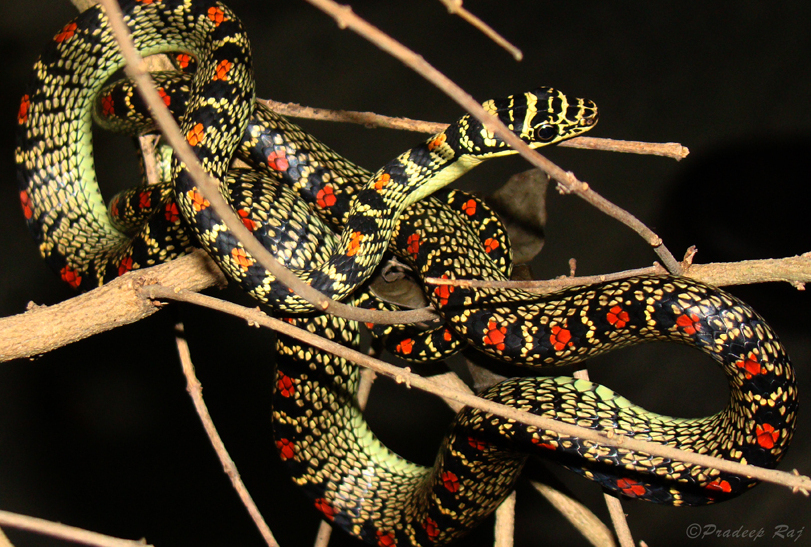
Venomous snakes exhibit fascinating texture-based hunting behaviors that often differ from their non-venomous counterparts. Pit vipers, including rattlesnakes and copperheads, frequently demonstrate preferences for prey with textural characteristics that optimize venom delivery and effectiveness. Many vipers prefer the softer textures of small mammals, as their fangs can easily penetrate fur and skin to deliver venom efficiently to vascular tissues. In contrast, some elapid species like certain coral snakes preferentially target reptilian prey with smoother scale patterns that their relatively shorter fangs can effectively penetrate. The sophisticated venom delivery systems in these snakes have co-evolved with texture discrimination abilities that maximize hunting success while minimizing energy expenditure and risk of injury.
Aquatic Snakes and Specialized Texture Detection
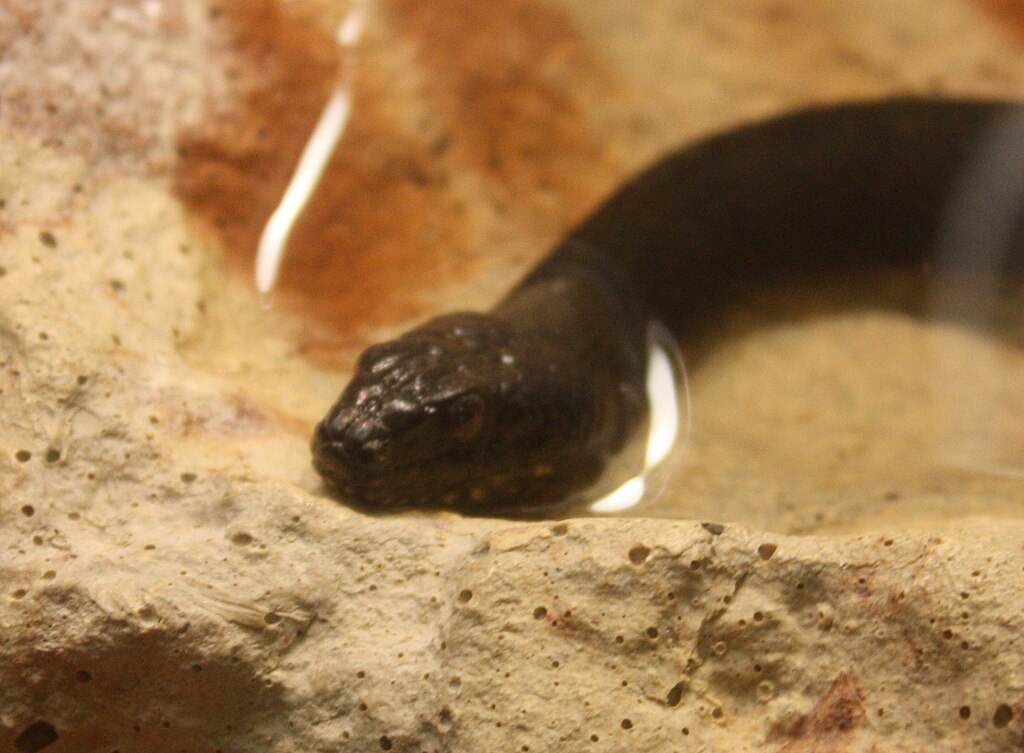
Aquatic snake species have developed highly specialized texture detection mechanisms adapted to underwater hunting environments. Water snakes like the northern water snake (Nerodia sipedon) can detect subtle differences in the scale patterns and body textures of various fish species, even in waters with poor visibility. This remarkable ability allows them to target specific fish species with optimal texture profiles for their particular jaw structure and swallowing capabilities. Some sea snakes have evolved sensitivity to the unique textural qualities of certain eel species, triggering specific striking behaviors when these textures are detected. This specialized underwater texture discrimination becomes particularly important considering that other sensory inputs like scent and vision function differently in aquatic environments, making tactile information critically important for successful predation.
Juvenile vs. Adult Texture Preferences
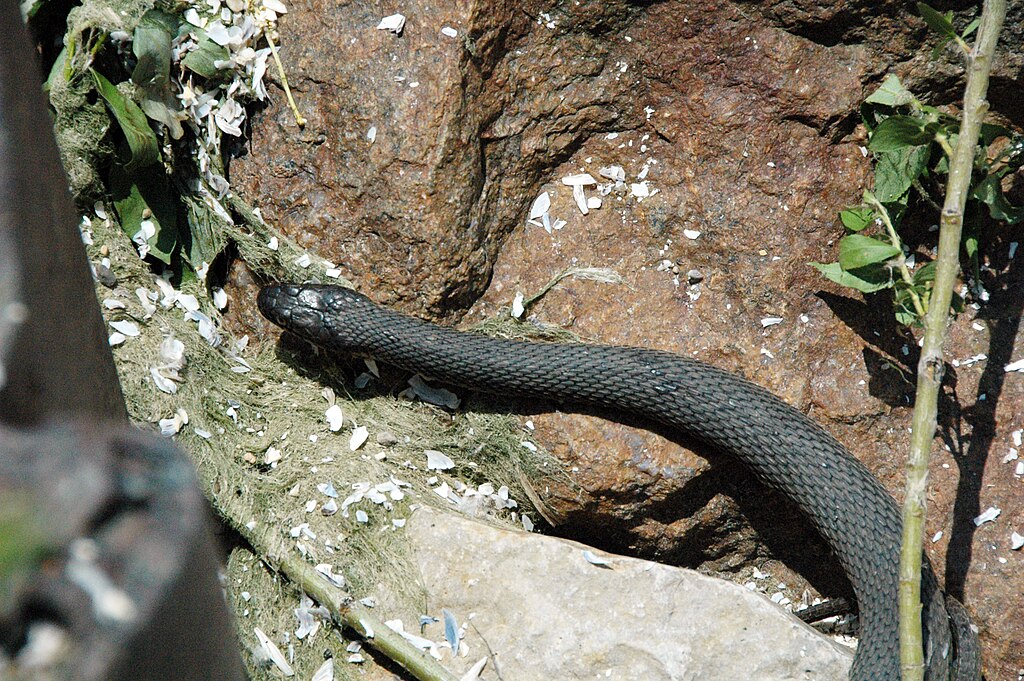
As snakes mature, their preferences for prey textures often undergo significant changes that reflect their physical development and ecological adaptations. Juvenile snakes frequently prefer smaller prey with softer textures that accommodate their developing jaw structures and limited swallowing capabilities. For example, young ball pythons often show strong preferences for the soft, furry textures of mouse pinkies before gradually transitioning to larger, more varied prey items. This ontogenetic shift in texture preference aligns with the development of stronger jaw muscles, more efficient digestive systems, and refined hunting strategies. Interestingly, some snake species maintain certain juvenile texture preferences throughout their lives, particularly if these preferences align with abundant prey sources in their natural habitat.
The Influence of Shedding Cycles on Texture Sensitivity
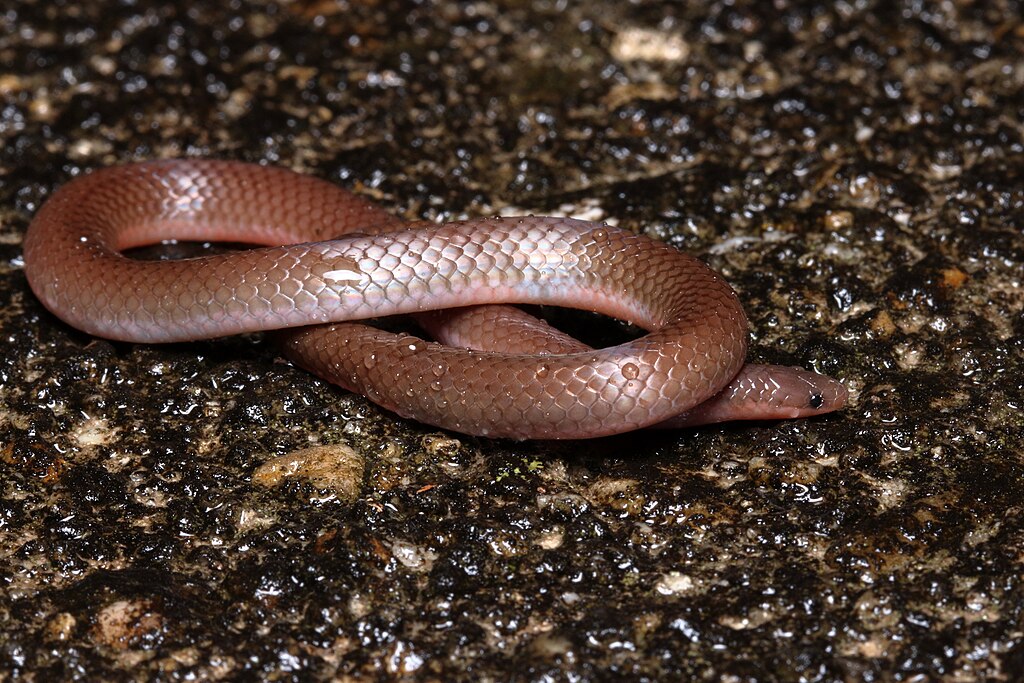
The periodic shedding of skin (ecdysis) significantly impacts a snake’s texture perception and subsequent prey preferences during different phases of this cycle. In the pre-shedding phase, known as the “blue phase” due to the cloudy appearance of the eye caps, snakes experience dramatically reduced tactile sensitivity as their old skin begins to separate from the new layer beneath. During this period, many snakes become noticeably more selective about prey textures, often refusing items they would readily accept at other times. Some species demonstrate increased sensitivity to certain textural qualities immediately following a successful shed, potentially leading to temporary changes in hunting behavior. Captive snake keepers frequently observe these shedding-related texture sensitivities, adjusting feeding schedules accordingly to accommodate these natural cycles.
Impact of Captive Breeding on Texture Preferences
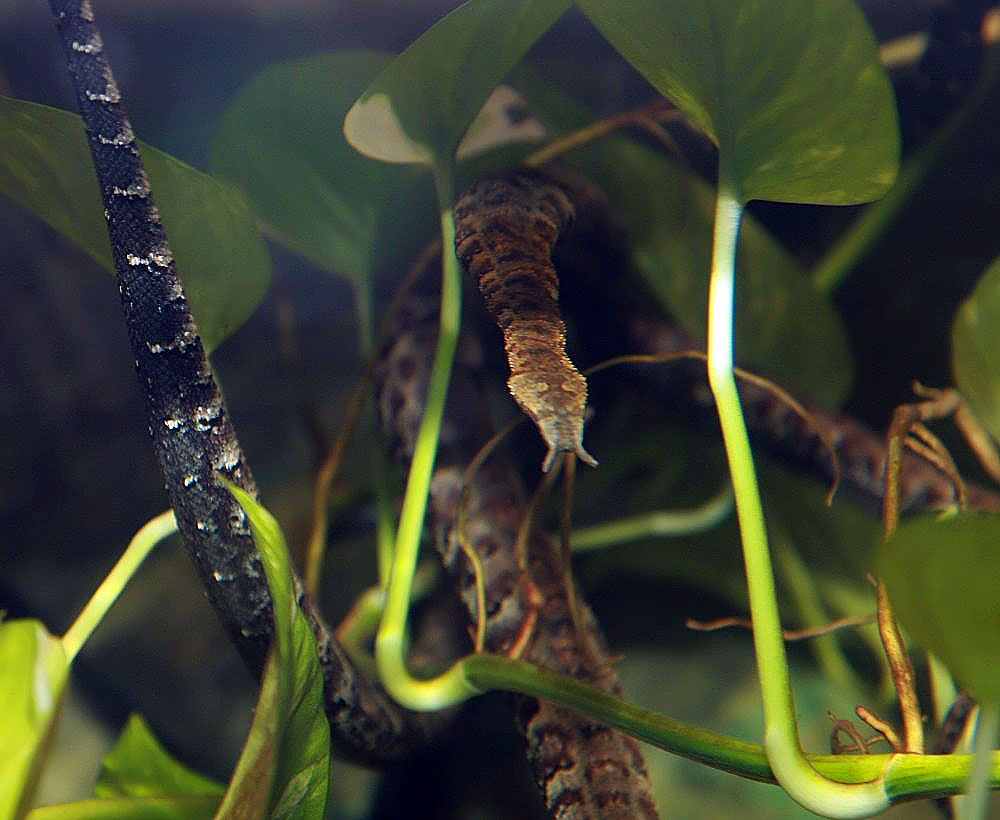
Generations of captive breeding have influenced texture preferences in many commonly kept snake species, sometimes creating significant differences between wild and captive populations. Captive-bred snakes raised exclusively on commercially produced rodents often develop strong preferences for these specific prey textures, sometimes refusing naturally preferred wild prey items when later exposed to them. This phenomenon is particularly noticeable in specialized feeders like egg-eating snakes (Dasypeltis species), which may struggle when presented with the natural texture of bird eggs after being raised on artificial egg substitutes. Some reptile breeding facilities now implement varied texture exposure programs for hatchlings to maintain more natural feeding responses and greater dietary flexibility. These practices help preserve the species’ inherent texture discrimination abilities even in captive settings, potentially supporting conservation efforts for potential reintroduction programs.
Texture Aversion and Feeding Disorders
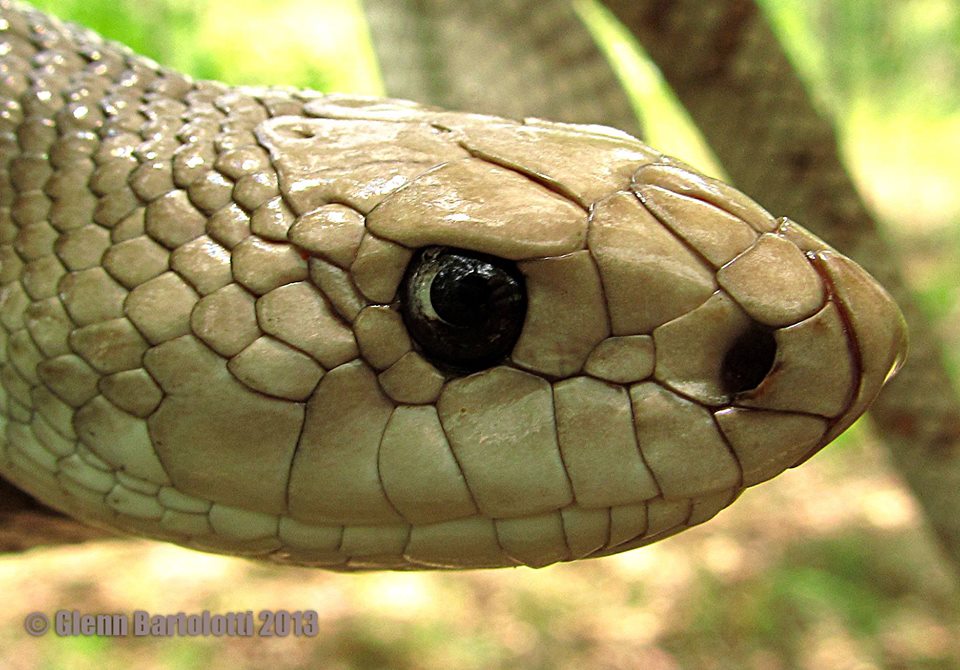
Just as snakes demonstrate preferences for certain prey textures, they can also develop strong aversions to specific textural qualities that complicate feeding in both wild and captive environments. These texture aversions sometimes stem from negative feeding experiences, such as struggling with prey items that have challenging surface characteristics or experiencing discomfort during digestion. Some snakes develop texture-based feeding disorders after being offered inappropriate prey, manifesting as persistent refusal of certain food items despite their nutritional suitability. Wildlife rehabilitators working with rescued snakes often encounter texture aversions in specimens that have survived on limited prey types, requiring careful reintroduction of varied textures to restore normal feeding behaviors. In severe cases, these texture aversions can lead to dangerous feed refusal that requires specialized intervention techniques, including scent and texture modification of acceptable prey items.
Technologies for Studying Snake Texture Preferences

Modern research into snake texture preferences employs sophisticated technologies that provide unprecedented insights into these complex behaviors. High-speed infrared videography now allows researchers to observe strike responses to different prey textures even in nocturnal species, revealing subtle differences in approach angles and bite mechanics. Advanced pressure-sensitive plates measure the precise force applied during constriction events, demonstrating how snakes adjust their grip based on the textural feedback they receive from different prey types. Some laboratories utilize artificial prey models with carefully controlled textural variables to isolate specific sensory triggers in feeding responses. Most recently, neural imaging techniques have begun mapping the specific brain activity patterns associated with different prey textures, creating the foundation for a more complete understanding of how texture information is processed in the reptilian brain.
Practical Applications for Snake Keepers
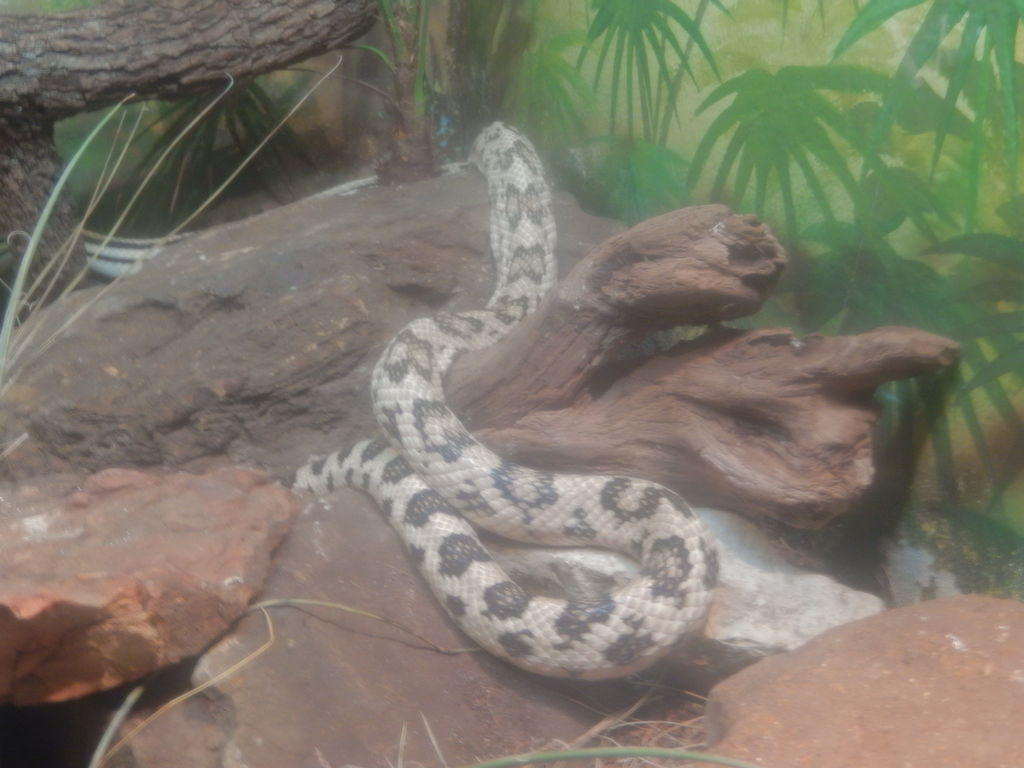
Understanding texture preferences has practical applications for snake keepers, potentially resolving common feeding issues and improving captive care practices. Keepers struggling with reluctant feeders can experiment with different prey textures, sometimes achieving success by offering items that more closely match the snake’s natural preferences based on their species and origin. For snakes transitioning between food types, texture modification techniques like “braining” (exposing brain tissue) or scent-transferring can help bridge the gap between preferred and novel prey textures. Some specialized feeding tools now feature textured surfaces designed to stimulate natural feeding responses in problem feeders, particularly useful for rehabilitating wild-caught specimens. Professional breeders increasingly incorporate texture variation in feeding regimens for breeding stock, recognizing that this practice produces offspring with more adaptable feeding responses and greater long-term success rates.
Conclusion
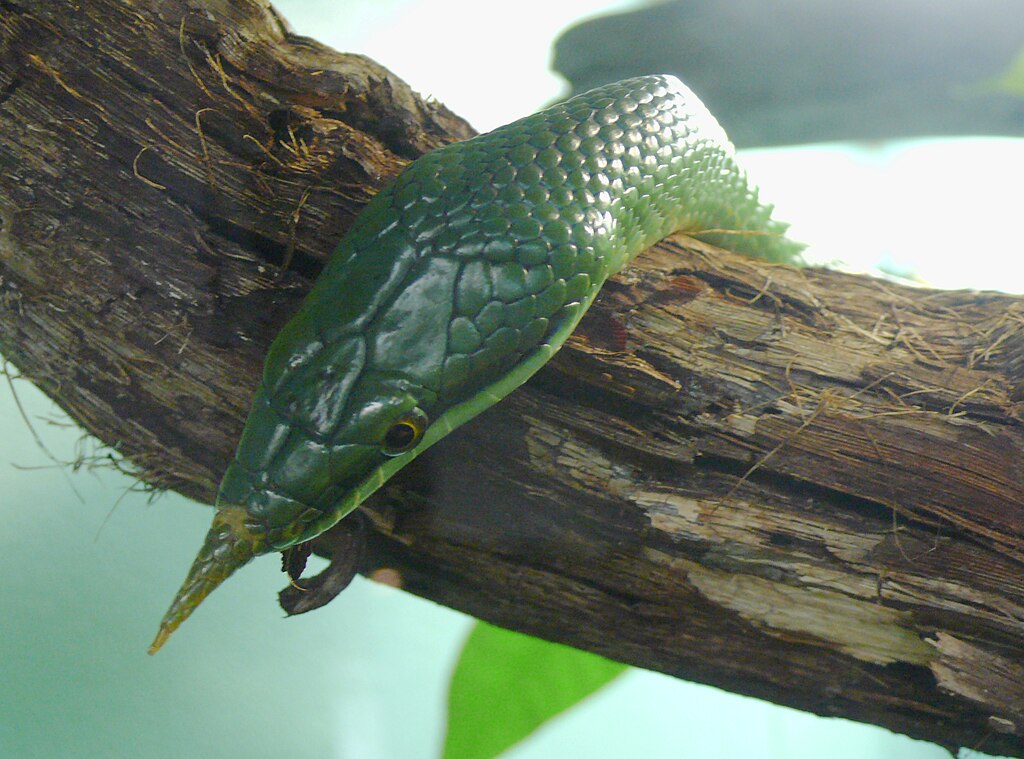
The sophisticated relationship between snakes and prey textures represents a fascinating example of sensory specialization in the animal kingdom. Through millions of years of evolution, snakes have developed remarkably nuanced texture discrimination abilities that optimize their hunting success, nutritional intake, and overall survival. From the specialized mechanoreceptors in their trigeminal nerve systems to the complex behavioral responses triggered by specific textural stimuli, these adaptations demonstrate nature’s elegant solutions to predatory challenges. For snake enthusiasts, wildlife managers, and herpetologists alike, understanding these texture preferences provides valuable insights into snake behavior and creates opportunities to improve both conservation efforts and captive care practices. As research technologies continue to advance, our understanding of these remarkable reptiles and their sensory worlds will undoubtedly deepen, revealing even more about their extraordinary adaptations.

